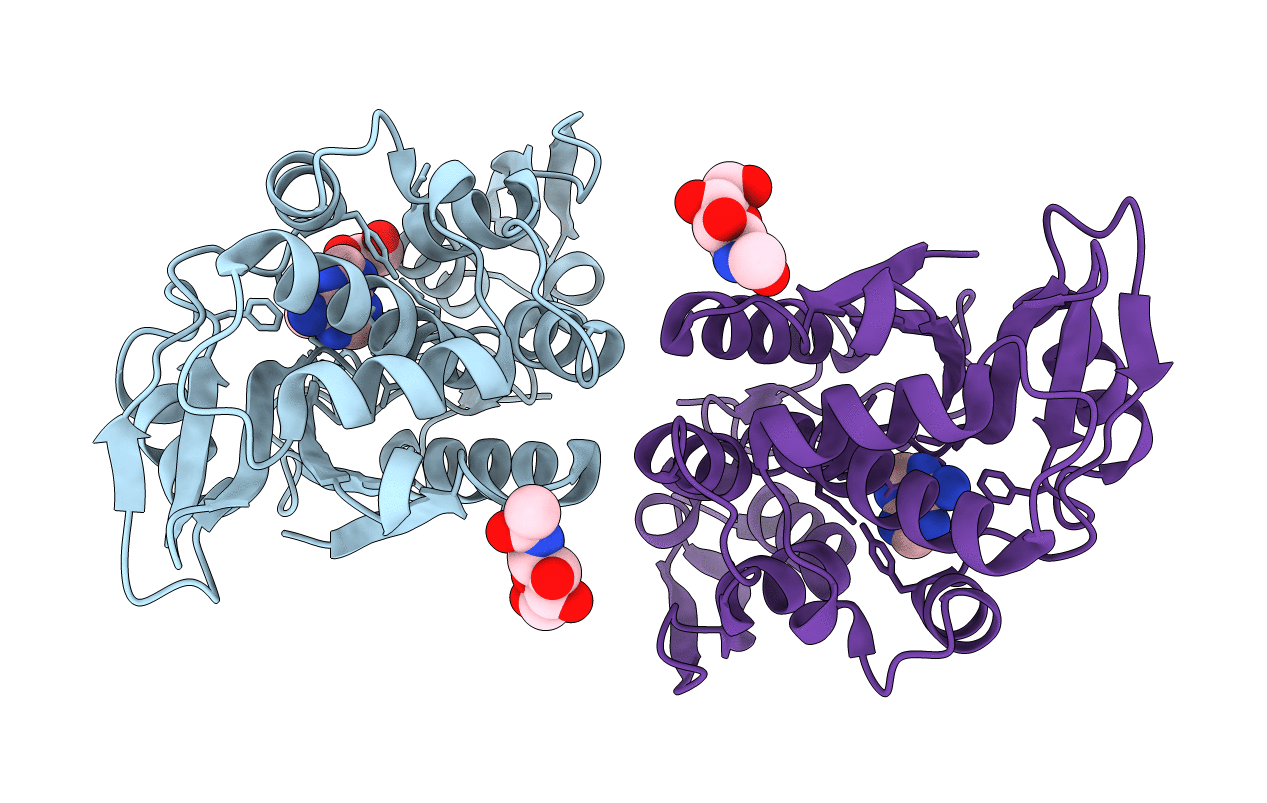
Deposition Date
2010-01-14
Release Date
2010-04-14
Last Version Date
2024-11-20
Entry Detail
PDB ID:
3LE7
Keywords:
Title:
Crystal structure of PD-L1 from P. dioica in complex with adenine
Biological Source:
Source Organism:
Phytolacca dioica (Taxon ID: 29725)
Method Details:
Experimental Method:
Resolution:
1.65 Å
R-Value Free:
0.24
R-Value Work:
0.21
R-Value Observed:
0.21
Space Group:
C 1 2 1


